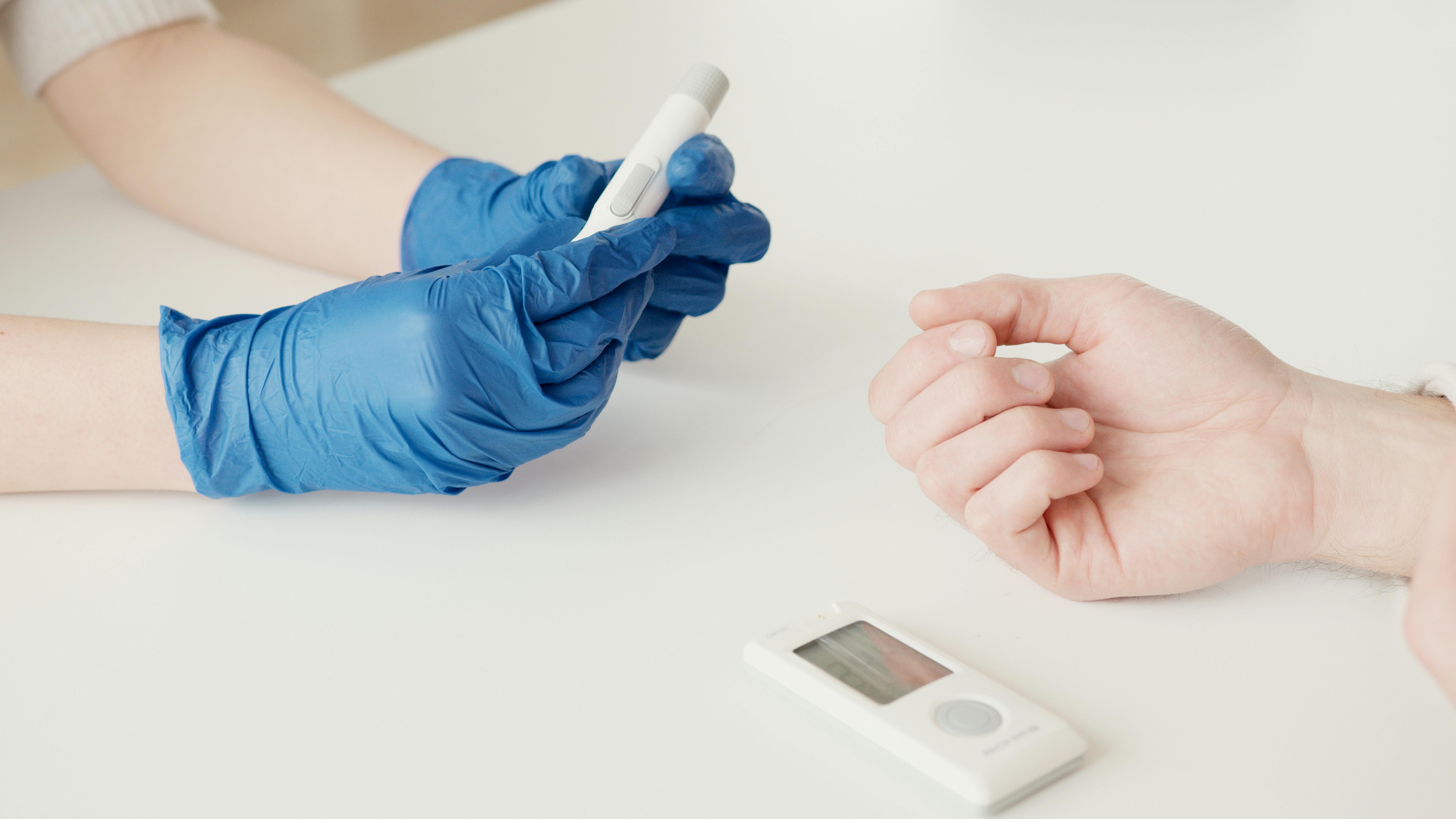When you build an eCommerce business, one of the most important decisions you have to make is choosing between a shopping cart and an order page. That’s because the one you choose will affect your sales results. And if you choose the wrong one, you will lose customers and sales.
You cannot make a sale until the customer submits the order. A persuasive landing page and compelling sales copy are vital to making the prospect want to buy. But it’s just as important to have a smooth order process that helps close the sale.
Any point within this order process may result in prospective customers not purchasing anything. For example, if they find a detour or something unexpected, they can quickly lose interest and not buy.
To close the sale, the order process needs to confirm the offer to keep them excited. Also, make it quick and easy to fill out the order form.
The difference between a shopping cart and an order page
In online marketing, a shopping cart is a part of e-commerce software that allows website visitors to select items to purchase. It can be integrated with a small or large catalog of items, each with a unique price.
The shopping cart can allow customers to choose different features, such as size or color, in addition to quantity. Then, at checkout, there’s a form to collect the customer’s name, address, plus billing and shipping information.
An order page contains a summary confirmation of the offer. As well as a form that collects the customer’s name and address, plus billing and shipping information.
Depending on your software, both the shopping cart and the order page can offer a wide range of functions. These may include integration with an online payment gateway, such as Paypal or Stripe. In addition, quantity of products, shipping, real-time price calculation and data encryption when submitting the order.
But while both can facilitate a sale, the order page has three big advantages in getting the prospect to buy. Here are 3 reasons why it trumps shopping carts for most types of products and services.
Order Page Advantage #1: Speed of Sale
Once you get a prospect to want to buy, you need to do it as quickly as possible. This is because doubt can quickly enter a consumer’s mind and make them hesitate to buy.
Perhaps the biggest difference between a shopping cart and an order page is the number of clicks and pages the consumer encounters. A shopping cart can require from one to more than 6 or more clicks that take the consumer to different pages to enter information. Pages may take time to load. The number of clicks and the longer amount of time it takes to complete the process are the main reasons why there are so many abandoned shopping carts.
However, an order page has everything on one landing page. So the consumer can quickly follow the information, typically from top to bottom, enter the requested information, and click a single button throughout the process to submit their order.
Order Page Advantage #2: Persuasive Content
A shopping cart is bulky with respect to the layout and the information displayed. However, the information displayed is objective. The longer the consumer sees this, the more likely their emotional enthusiasm for the product or service is to wane.
Order pages, on the other hand, can start with persuasive content that confirms the offer. So when the consumer fills out the order form, they are more likely to maintain an emotional connection to the purchase of the product or service. Emotion is what sells. The longer you can keep the consumer emotionally engaged with your product, the more likely you are to close the sale.
Order Page Advantage #3: Personalization
Shopping carts are one size fits all. Each consumer uses the same cart with the same content to select the specific products or services and the quantities they wish to purchase. There is very little or nothing that is personalized for each client.
Order pages can be customized for each customer based on information from their contact record or the specific landing page they visited. Personalized content can increase sales conversion. Thus, you can not only make the customer happy, but also your wallet.
In short, shopping carts and order pages allow consumers to buy and merchants to sell. However, order pages have 3 distinct advantages that can lead to higher sales conversion. They also take less time to close the sale and result in fewer contacts abandoning the checkout process.
Additionally, they can drive sales conversion with persuasive content that keeps the consumer emotionally engaged with your product or service. And they can contain personalized content that further improves customer satisfaction and higher sales conversion.


